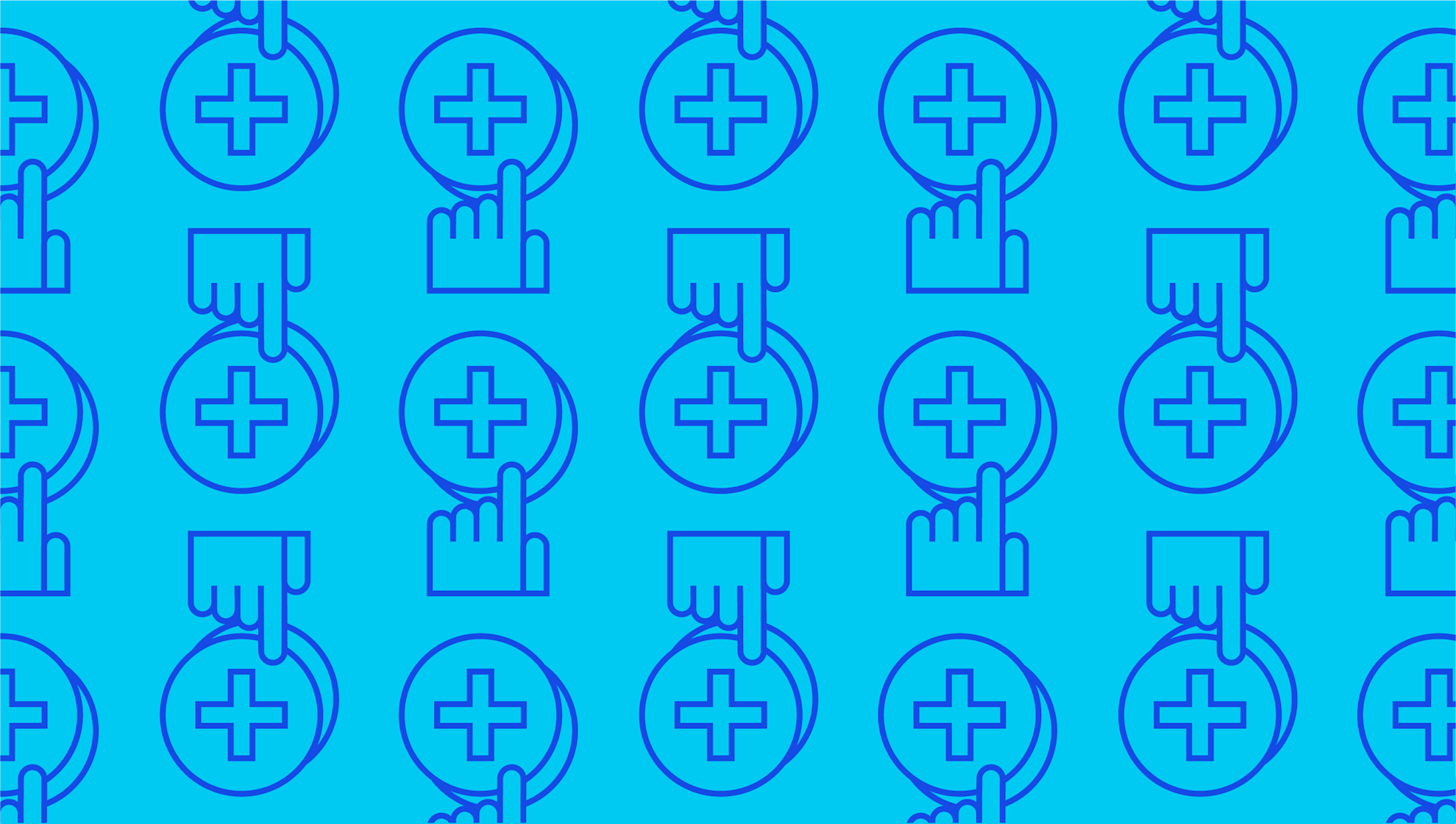
Business Model Canvas Explained
Last editedJul 20212 min read
Any business owner seeking investment in their startup will be familiar with the work and time involved in creating a detailed business plan to present to would-be investors alongside a financial plan. The effort of creating a detailed plan is such that many business owners – busy with the day-to-day work of simply getting things up off the ground – never get round to pulling one together. This is damaging in terms of seeking investment, and also regarding presenting a detailed but succinct picture of the business to other parties and to prospective employees. The business model canvas offers an alternative and highly streamlined means of presenting the same information.
The history of the business model canvas
As a tool the business model canvas is relatively new, having been developed in the last five years, based on work by Alex Osterwalder and Yves Pigneur. In basic terms it is a highly visualised representation of the basic components of any proposed business, including factors such as the customers to be targeted, the route to market, the finance needed and the value proposition of the business.
The key elements of a business model canvas template
In simple terms, a business model canvas sets out how a business idea works by highlighting nine interlinked elements of that business. These elements represent the essential components of the proposed business model. The elements to be included in a business model canvas are:
Key partners – these could be individuals or outside bodies who will contribute to the business, such as suppliers, vendors and affiliates; the business model canvas will set out what each partner brings in terms of services and resources.
Key activities – the activities that play a key role, either directly or indirectly, in delivering the value proposition of the business. Details will include how these activities will enable business aspects such as revenue streams, business channels and customer relationships.
Key resources – the resources in this section of a business model canvas could include hardware, software facilities and people, as well as intangibles such as branding and intellectual property.
Customer relationships – in this section the type of interaction with each potential customer group will be detailed, drawing from examples such as self-service, personal attention or a sense of community, and including the frequency of those interactions.
Distribution channels – an exploration of the different channels used to reach customers, from retail and peer-to-peer to direct marketing, and how those channels will change from customer to customer.
Customer segments – this section breaks down the key sections of customers and how each segment will relate to the overall value proposition.
Cost – a breakdown of the key costs, both direct and indirect, imposed upon the business in relation to key resources and key activities.
Revenues – a breakdown of how the business will make money, including how much customers are likely to pay for the goods and/or services you provide and how payments will be taken.
The value proposition – this lies at the heart of the business model canvas, and is the section in which the areas described above are pulled together to deliver for your prospective customers. The value proposition will describe exactly what you deliver to your customers in terms of the problems you are solving and the needs you are meeting.
We can help
A key aspect of any business model canvas involves a summary of the payments that will be coming into that business. Partnering with a payment platform like GoCardless makes it as simple as possible to collect those payments, and this includes the more complex aspects such as dealing with ad hoc payments or recurring payments.

